Microsoft needs to step up for Surface Duo to be taken seriously
The slow updates and a severe lack of communication continually bring Surface Duo down.
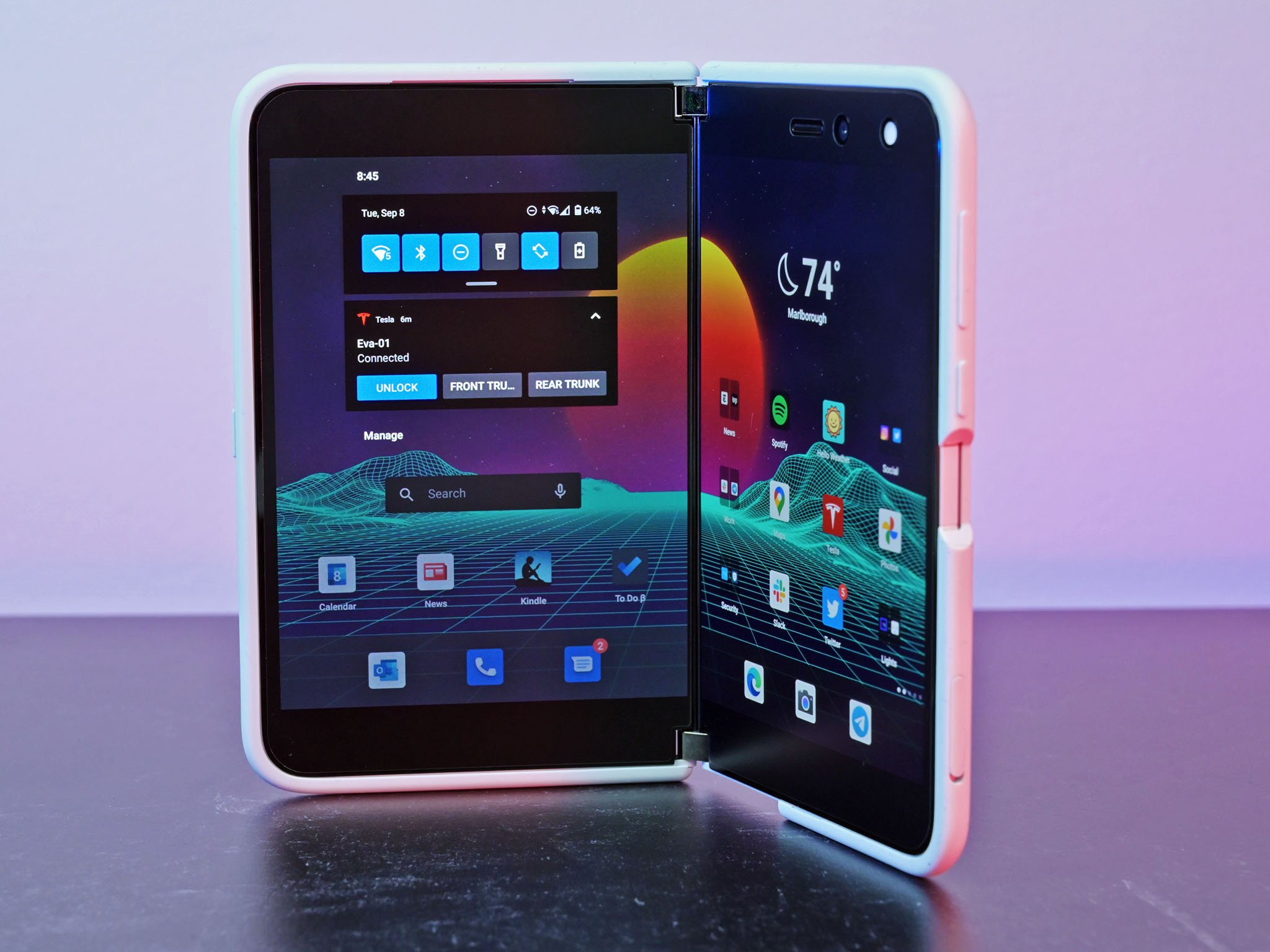
The Surface Duo has been on the market for almost five months now, and as a customer since day one, I've been consistently disappointed at the pace at which software has been moving. The product launched in an incredibly buggy state, and while the OS has improved since day one, things still aren't where they should be for a shipping product.
Before I dive into this thought piece, I want to stress that I absolutely love my Surface Duo. I've replaced my phone with Microsoft's experimental foldable and have been using it as my daily driver since September. The complaints and criticisms come from a place of love, not hate. I want Surface Duo to be the best it possibly can be. But right now, it's far from that state.
Microsoft has been incredibly tight-lipped regarding any post-launch plans for the Surface Duo. The device hit the U.S. market, with little follow-up since launch. Outside of committing to monthly updates (a promise which it has already broken, more on that later), we have no idea what to expect from Microsoft when it comes to things like major OS updates, new features, experiences, or general timelines for outstanding issues.
It feels like there's no public-facing side of Microsoft that deals with Surface Duo. Perhaps that's because I've been spoiled by the Windows Insider Program and the huge community that's involved around its PC efforts. If you have an issue with a Surface PC running Windows, you can usually find someone at Microsoft on social media or support channels who can help you get your issue resolved.
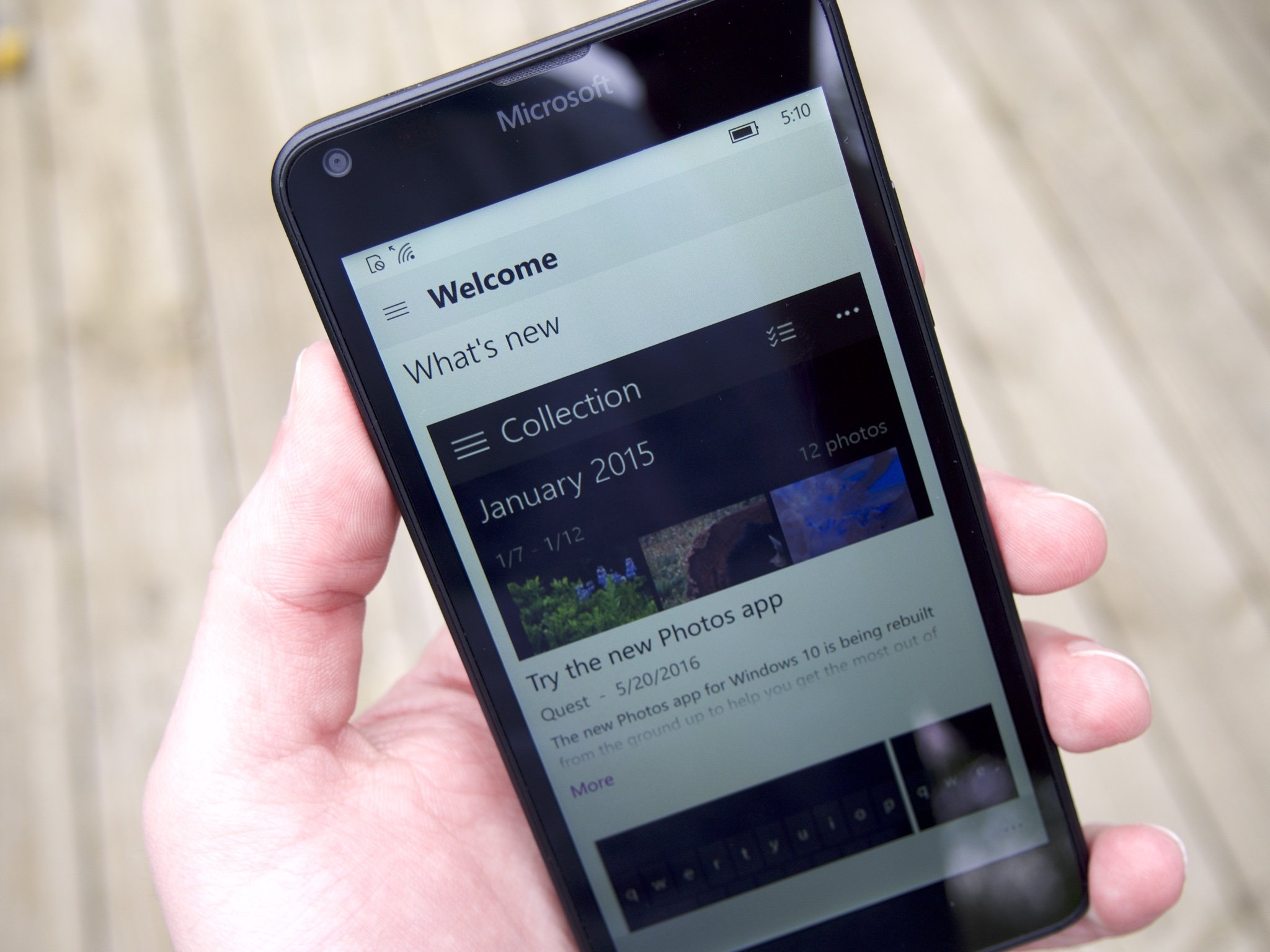
But there's no obvious team like that for Surface Duo. You can reach out to people on the Microsoft Mobile Experiences team who are likely more than happy to help, but these people are far less active than those part of the Windows Insider Program. I'm in no way criticizing anyone for not being active on social media, but it doesn't help when there's no official Feedback Hub for Surface Duo, or a similar feedback channel like there is on Windows.
OS bug fixes are rolling out too infrequently.
The product launched with an overwhelming number of bugs and issues that I assumed Microsoft would drop multiple OS updates each month with fixes. But it's barely managed to hit one a month, a pace far too slow for a product with a notoriously poor launch state. Because of the slow progress, Surface Duo is still an unstable device today in February 2021. Microsoft is not being aggressive enough when it comes to pushing out updates.
I am still hitting issues with the device not wanting to wake the screens from sleep, and I continue to suffer from touch lag which is most obvious when typing fast on SwiftKey. Touch events seem to freeze up and then initiate all at once. It was an issue at launch, and it still persists today.
Get the Windows Central Newsletter
All the latest news, reviews, and guides for Windows and Xbox diehards.
Zero transparency
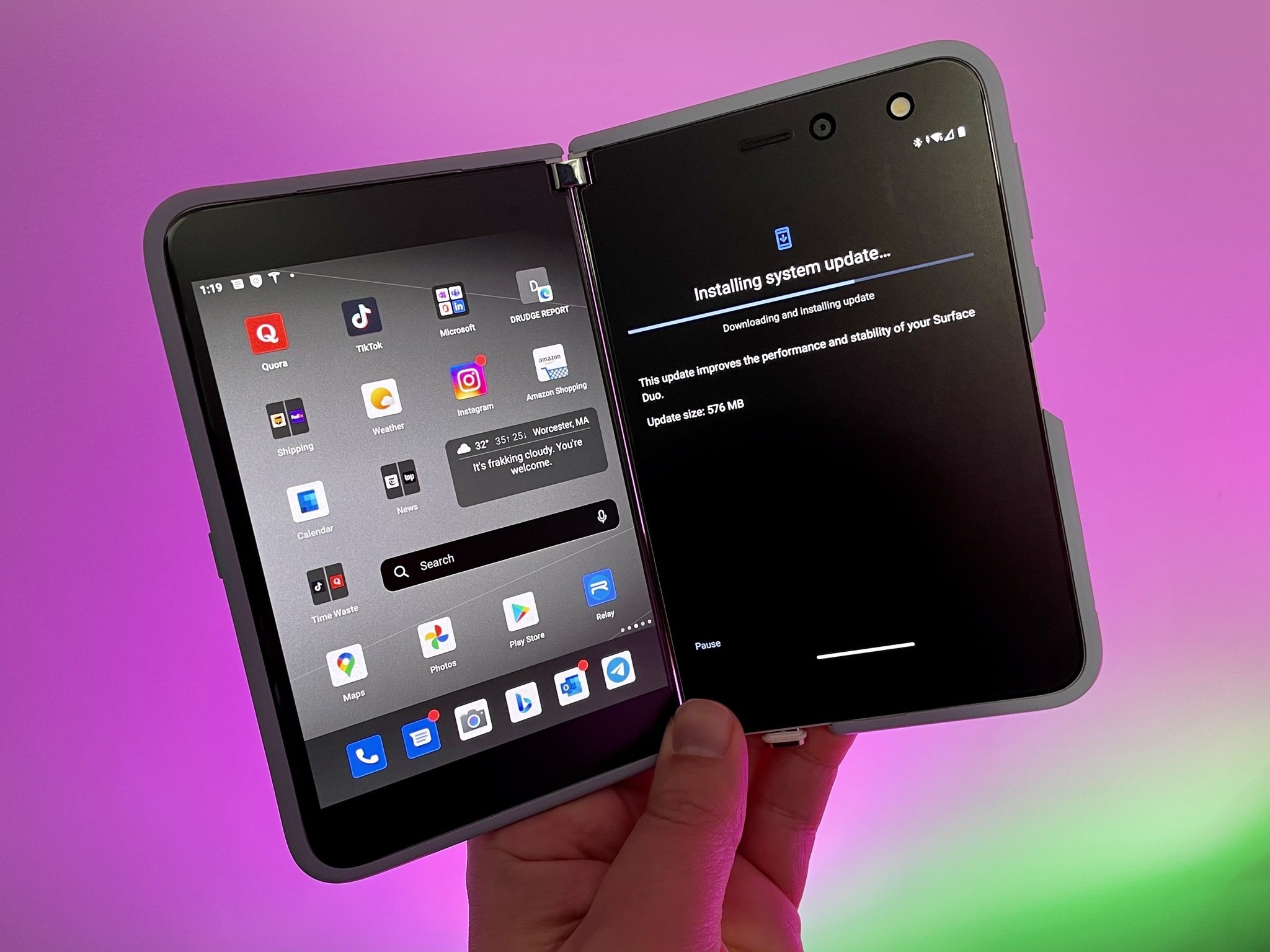
In addition to the pace of updates being too slow, we have absolutely no idea what's actually being fixed in these updates until they're actively rolling out. There's no official channel to check for known issues or potential workarounds, and nowhere to submit newly discovered bugs or feature requests.
Customers are left in the dark regarding what's next for their device.
Microsoft also missed the December 2020 update that it was expected to roll out. Had we not reached out to Microsoft PR for a statement ourselves, we wouldn't have known that a December update wasn't coming. Microsoft simply didn't tell users that it wasn't pushing out an update in December, even after committing to providing monthly updates.
But most crucially, Microsoft has not outlined a roadmap for Surface Duo going forward. We don't know about any new features or experiences planned for the current device. We don't know when the device will get Android 11. Microsoft told us it's being worked on back in August, but we've not had any updates since.
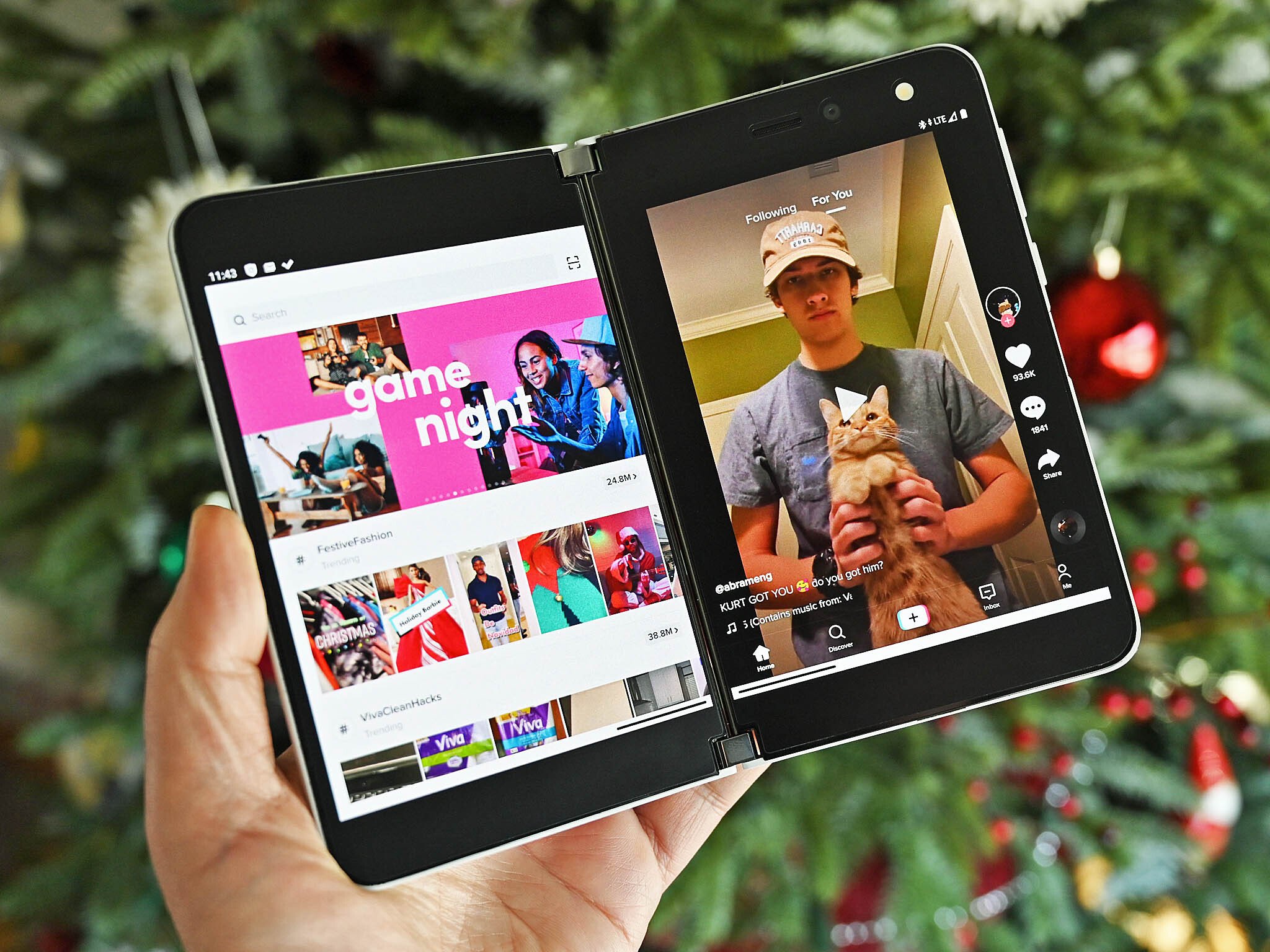
Microsoft is about to launch Surface Duo in a handful of new markets, and perhaps it's now the time to detail a roadmap.
Samsung is able to do this with the MANY Android devices it has on the market. OnePlus does this too, as does Google. Each will reveal a list of its recent devices with a consistent timeline for when they'll secure the next big software update. If they can do that for all its devices, why can't Microsoft do it for just one?
It doesn't come as much of a surprise that the Surface Duo's biggest issue so far has been a lack of communication from its maker. If Microsoft were more open about its plans for Surface Duo post-launch, I'd feel so much more comfortable recommending the device to those who would benefit from it.
But as it currently stands, I can't do that. Partly because of the buggy software and slow pace of updates, but also because Microsoft hasn't shown its taking Surface Duo seriously. The lack of transparency around upcoming fixes, features, or plans is reason enough to not recommend this product.
There's so much potential
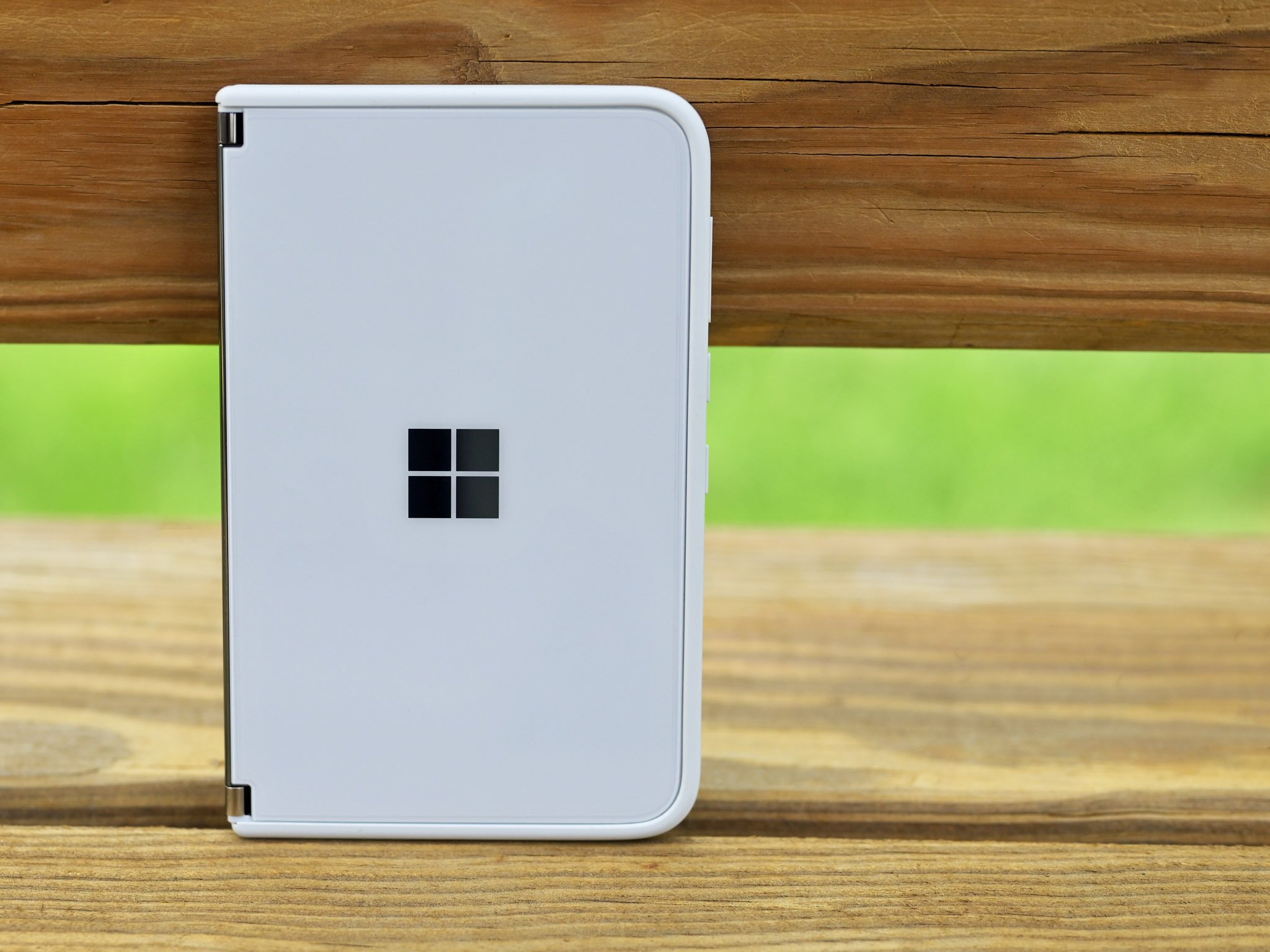
I love my Surface Duo and I want Microsoft to build upon it and improve it as much as possible. But at the same time, I'm all too familiar with Microsoft's operations, and when it comes to Surface Duo, it cannot choose to remain silent and push things out at random, if at all.
It also doesn't help that when it comes to Windows integration via Your Phone, the Surface Duo is lacking in features compared to Samsung devices with exclusive access to the new "Apps" feature. You'd think that at the very least, Microsoft customers spending $1,400 on a Surface Duo would get access to the same features that Samsung customers are getting access to on Windows.
If Microsoft is serious about Surface Duo, it needs to get these sorts of things right, because it will affect people's thoughts and opinions on any second- or third-generation hardware if it doesn't. Even if they upgrade the camera, the slow updates and poor communication doesn't make recommending successors easier.
A device that goes in your pocket is more personal than one that sits at your desk.
Microsoft, understand this; a device that fits in your pocket is infinitely more personal than a PC that sits at your desk. While I can't speak for everyone, many of those using Surface Duo are likely more invested in the product than they are in their Surface PCs. Keep that in mind next time you decide to avoid telling us when the next updates with crucial fixes are postponed.
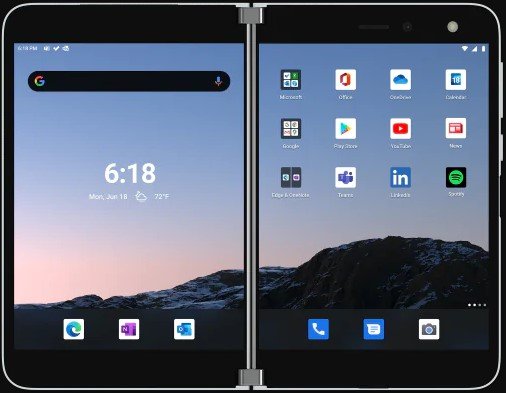
Two screens are better than one.
Microsoft delves into the future of foldables with an ambitious dual-screen device, featuring two ultra-thin 5.6-inch AMOLED displays bound by a 360-degree hinge. This pocketable inking-enabled Android smartphone marks the latest in the Surface lineup, geared for mobile productivity.

